

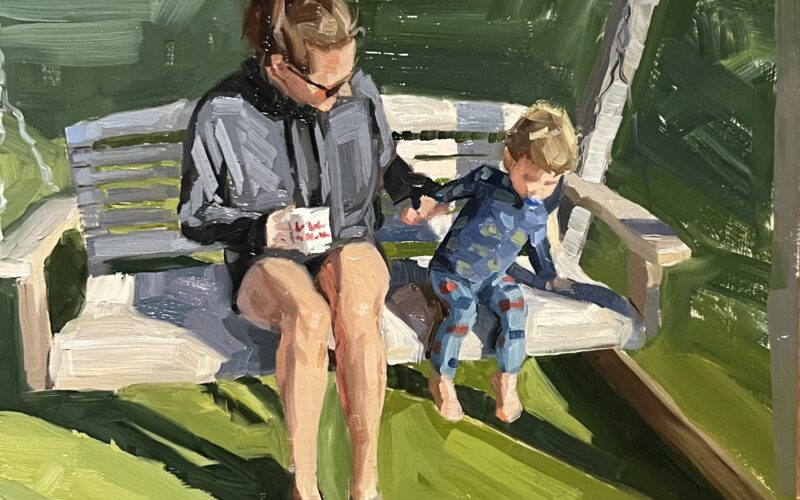



Welcome to a journey of resilience, creativity, and self-discovery. In this exclusive interview with Laura Haberer, a featured artist in our ATH issue Magazine 4 whose path to painting began amidst the uncertainty of a global pandemic. From driving cross-country to confronting personal challenges, Laura shares the pivotal moments that sparked her creative journey and fueled her passion for capturing the essence of humanity on canvas.
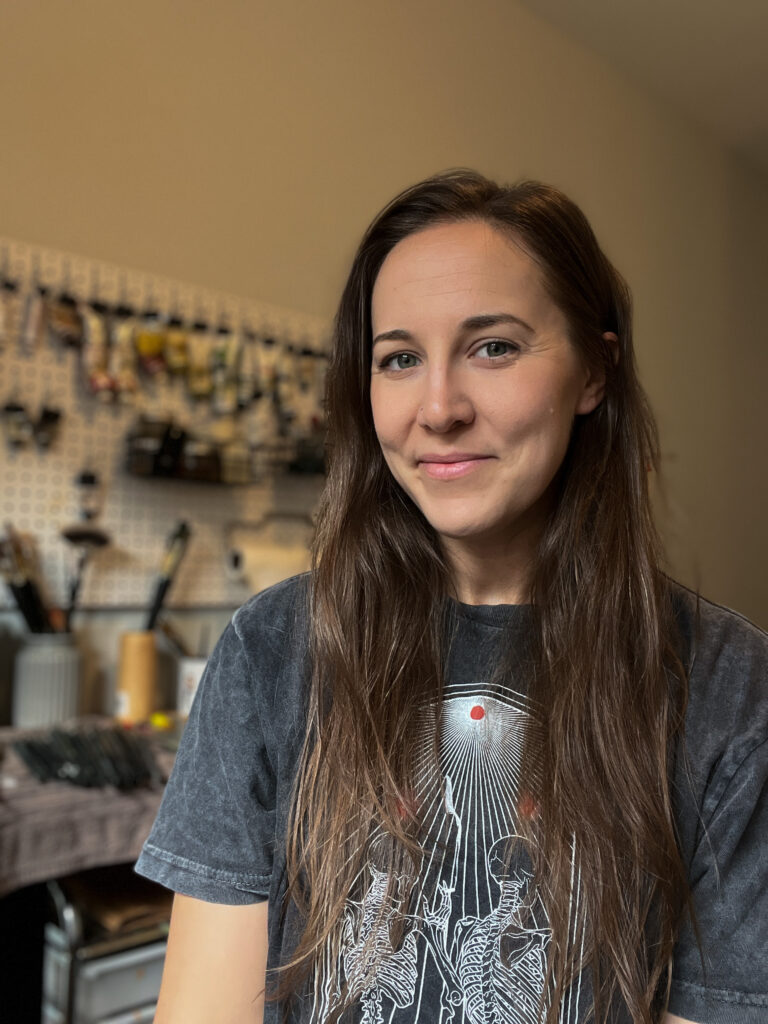

Before we dive into the interview let’s take a moment to get to know Laura through her bio. Laura Haberer, an oil painter in Chicago, is renowned for her captivating depictions of humanity and vulnerability. While primarily self-taught, she is deeply engaged with the artist community as a member of the Oil Painters of America and the Palette and Chisel Fine Art Academy. Her creative journey began unexpectedly in 2020 during a cross-country trip marked by the anxieties of a global pandemic. Inspired by the beauty of a Nebraska sunset, she felt compelled to capture the moment on canvas despite having no prior experience in the arts. With a social work and therapy background, Laura brings a unique perspective to her paintings, seeking to convey genuine emotions and moments of beauty in her work. Through her art, she aims to make people feel seen and heard, echoing her professional ethos as a therapist. Accompanied by her husband, Kyle, and their beloved rescue dog, Evie, Laura continues to inspire with her profound exploration of the human experience through painting.
That was quite a frightening time for the world. It was October 2020 and the world was looking at a long winter indoors and away from the social connections that we had become acutely aware were of such importance to our sense of well-being. For me, it meant being far from my siblings who live across the country from me and who all have kids whom I adore. So, my mother and I decided we would take to the road and drive the 16 hours there. This was about 8 months into the pandemic already, so my sense of wellbeing was struggling. You see, I’m a psychotherapist and during COVID, I went from seeing my clients regularly to conducting therapy over the phone or on video. For me, it was mostly the phone. This was a huge shift in my sense of being able to exchange that human connection that is so imperative in therapy and mental health in general. So, after 8 months of trying my best to continue to provide connection to people in a pandemic defined by disconnection and fear, I was having a hard time. I’ve now come to understand that the moment I looked out the window on that drive to see the sky alight with colors was the beginning of my deep understanding of the true need for beauty. Beauty, nature, connection, a sense of belonging, they’re all the same and they’re all life-sustaining, not luxuries. So the thought, “I wish I could paint that” popped into my head. While it was a bizarre thought, my relationship with my sense of self has allowed me, over the years, to know that following my gut, my intuition, is vital. And that’s where it all started.
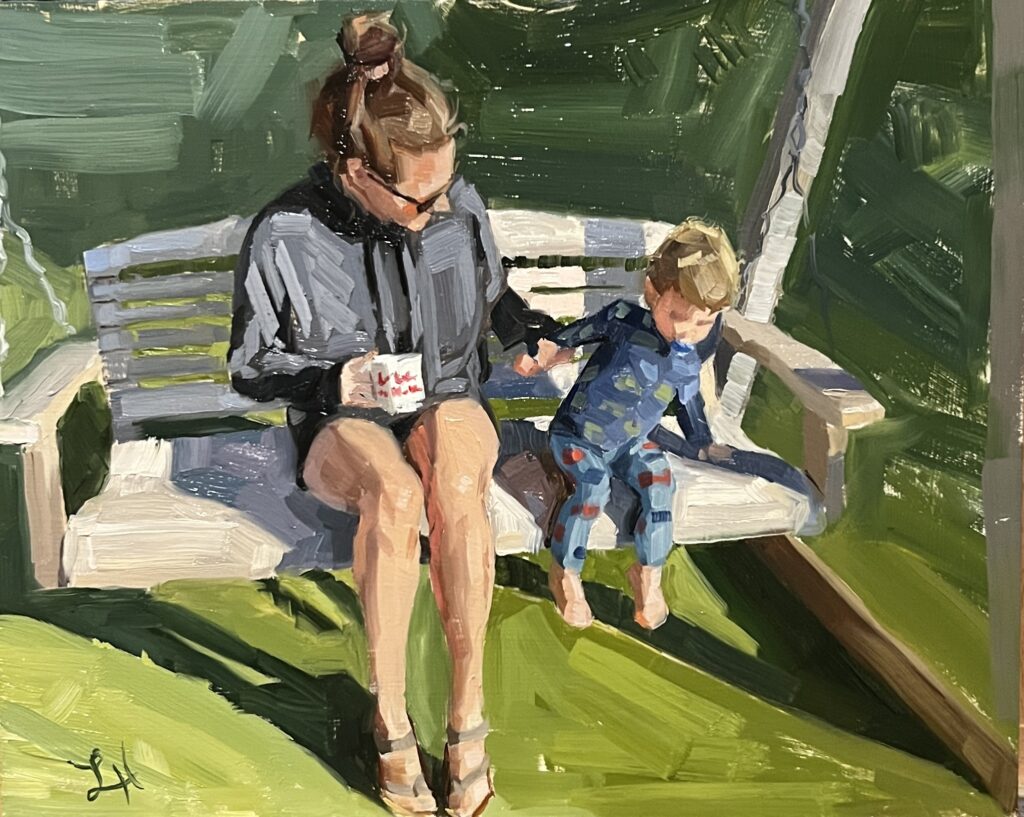

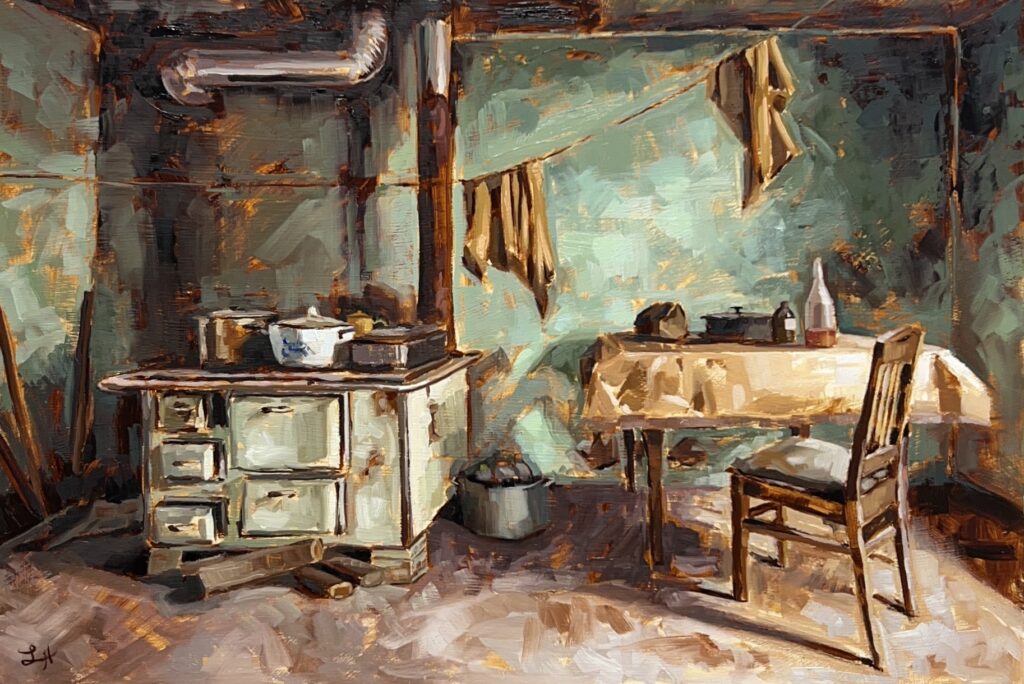

Beauty, nature, connection, a sense of belonging, they’re all the same and they’re all life-sustaining, not luxuries.
Laura Haberer
For me, the biggest challenge by far was being brave enough to make bad art. What isn’t challenging is finding the information on how to make representational art. In the age of the internet, if you’ve got a good work ethic, art school isn’t the only way to learn to paint as it used to be. Now the knowledge is available at your fingertips. Instead, what’s hard is that alone, in your apartment, without the comfort of the sort of “we’re all beginners” mentality of being with other students, you have to allow yourself to make bad, ugly art as you learn. And it’s hard because this physical representation is staring back at you! Like, darn, those colors look horrible, or the value structure is off or it doesn’t at all look like the thing you were trying to paint. And it’s staring at you, almost mocking you! That could be enough to stop anyone out of embarrassment. So, you have to dig deep and let yourself be a beginner. Make garbage art over and over. Put in the brush miles again and again until you see small improvements over time. It’s a huge investment. But what’s beautiful about it is the inner growth journey that is happening. You start to believe in yourself. That’s more valuable than any single thing in this world. More valuable than money, more important than any single painting. But belief in your ability to try something hard, to keep persevering, and to achieve a goal, that’s priceless and will open you up to untold possibilities.


Well thank you, that’s a huge compliment. To elicit an emotion is what I’m hoping to achieve with any painting. The first thing any representational artist will tell you is to gain technical skill in achieving the appropriate value structure if you want to capture a sense of a realistic lighting effect. The great thing about that is that it can be learned by anyone. As for what you decide to do with that information once you have it, in my work what that means for me is creating almost a small vibration as my values transition from one to the next. I find that for me, I get the vibration, that sparkle, that way the paint makes you feel something, making sure that each area or shape that I’m trying to render has at least 3 values and that you the viewer can see the transition from one to the next. I’ll limit blending but rather place those values one next to the other. To achieve this, I had to work hard at color mixing in value steps.
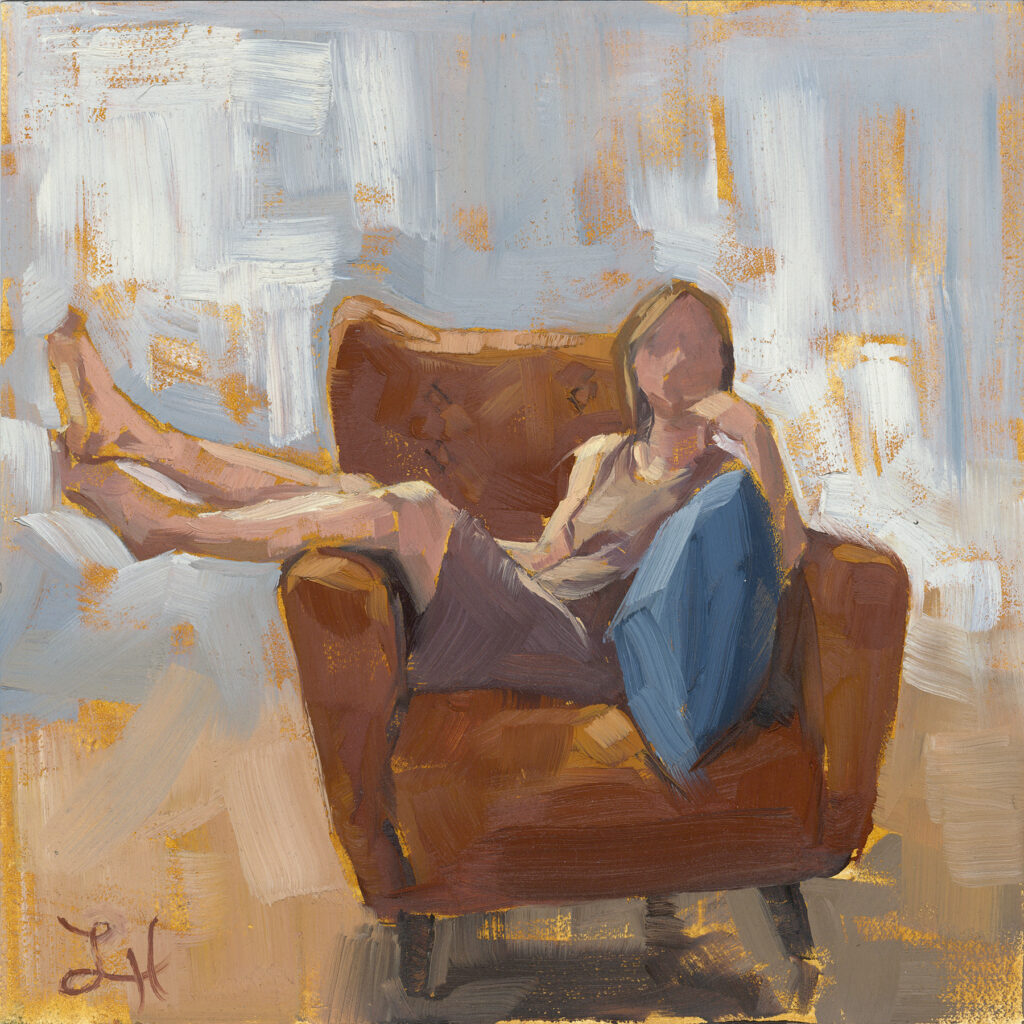

Humans, those subjects are all about humans. I find humans incredibly interesting. And I’ve always been drawn to the emotional experience of being human. I’m a very emotional, empathic human. I remember when I first learned about things like real poverty or human atrocities, like genocide and war, in high school and being deeply affected by it. I couldn’t fathom how anyone could know that human suffering is not only happening, but other humans cause it intentionally, and not feel. Those passions drove my life for a long time. I studied politics and NGOs as an undergrad. I joined the Peace Corps in my 20s and then came home to attend social work school, at the time hoping to work with refugees. And of course, now I’m a therapist so my desire to connect with humans continues. And it’s found its way into my creative work. Portraits are sort of obvious. The human brain is programmed to recognize the human face at an alarming rate. Something about rendering a human face in paint seems to capture some essence of the human experience. And then figures, similarly, I love to capture them unposed, in their natural way of existing because again, it seems to capture something raw. Interiors are then these curated spaces we’ve inhabited in the modern age. Even without figures in the rooms, they are inherently human. The actual process of how I go about capturing these different subjects in paint isn’t the same, subject to subject, mostly because I find different methods give me the technical results I’m after with each one.
Belief in your ability to try something hard, to keep persevering and to achieve a goal, that’s priceless and will open you up to untold possibilities.
Laura Haberer
It may be surprising to learn that I intend to explore surrealism/magical realism in the future. That was actually on my mind since I started to take painting seriously. But I knew I needed the technical skills required to get there. So, I haven’t rushed it and instead allowed myself to be inspired by things that are captured in realism to acquire the representational art-making skills I need. But it’s closer now than it ever has been. I’m also entering a new chapter in my life about to welcome a baby in the fall. The personal journey that I’ve been on in the last year or so trying to start a family has pushed me, challenged me, and beat me down, in ways I’ve never been before. The journey of grief and pain to love and excitement at welcoming my baby this fall has sparked a creativity in me that I didn’t know was possible. I spend most of my creative hours these days not even painting but planning paintings in my head that depart from reference material. Also, trees. I’m deeply inspired by trees. For me, they represent the zoomed-out timeline of this earth and I’ve been studying them to be able to put them in these compositions in my head. So, a future chapter of work will delve deeper into representing the emotions of my lived experience. Everything thus far has been the practice that has since allowed me to cultivate curiosity in my creativity. I’m very excited for this next phase of my creative life, both on and off the canvas.


Believe in yourself. A belief in yourself is the most valuable thing in all of existence. If you are kind to yourself and believe in your ability to get wherever you want to go, the possibilities are endless.
As we conclude our conversation with Laura Haberer, we’re left inspired by her unwavering determination and belief in the transformative power of art. Through her journey from novice to self-taught artist, Laura reminds us that creativity knows no bounds and that embracing vulnerability can lead to profound growth. To learn more about Laura, click on the links provided below to visit her profile.
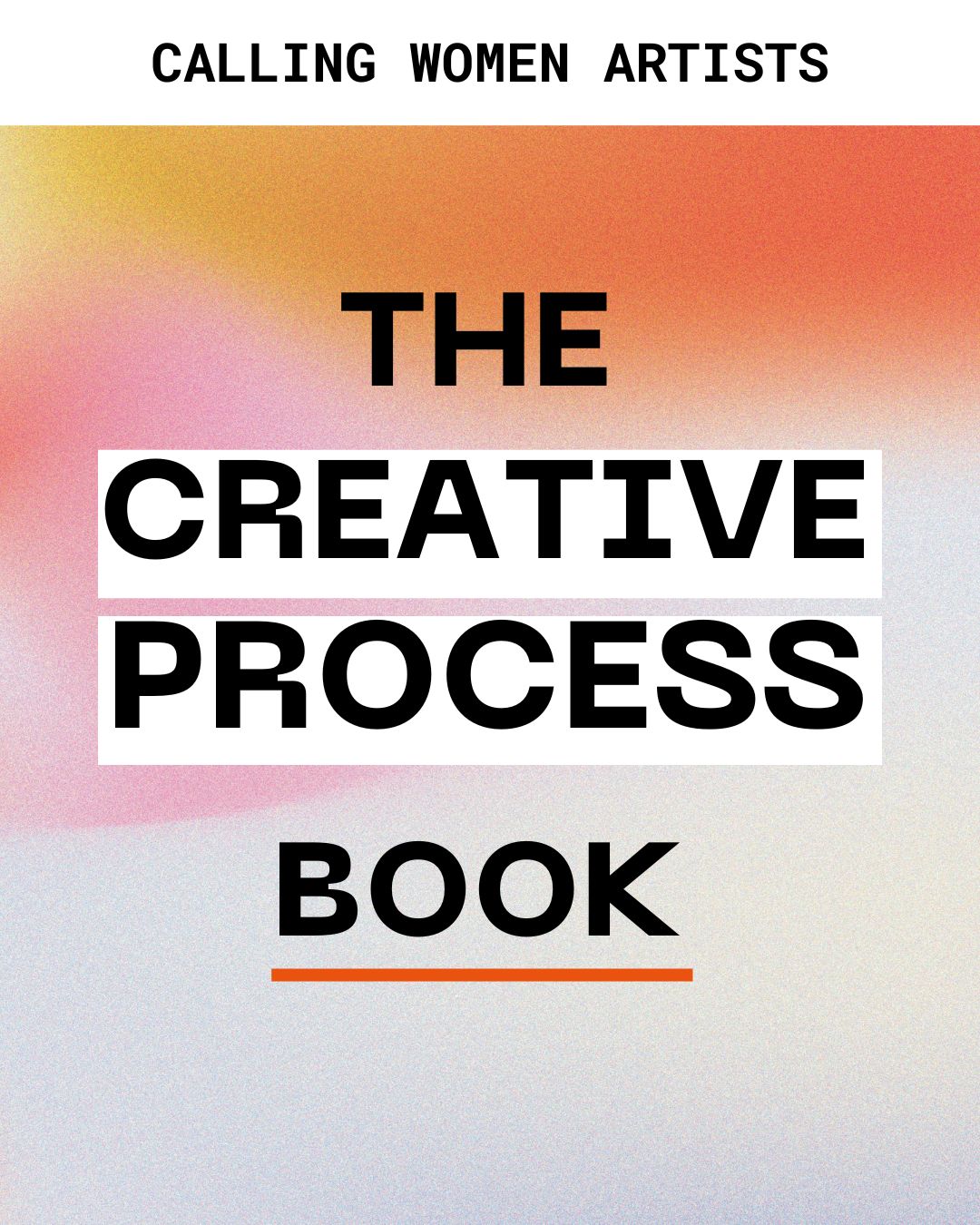



Submit your work to get featured in our expertly curated books highlighting the work of women artists and distributed to art lovers, gallerists, artists, curators and art patrons all over the world.

